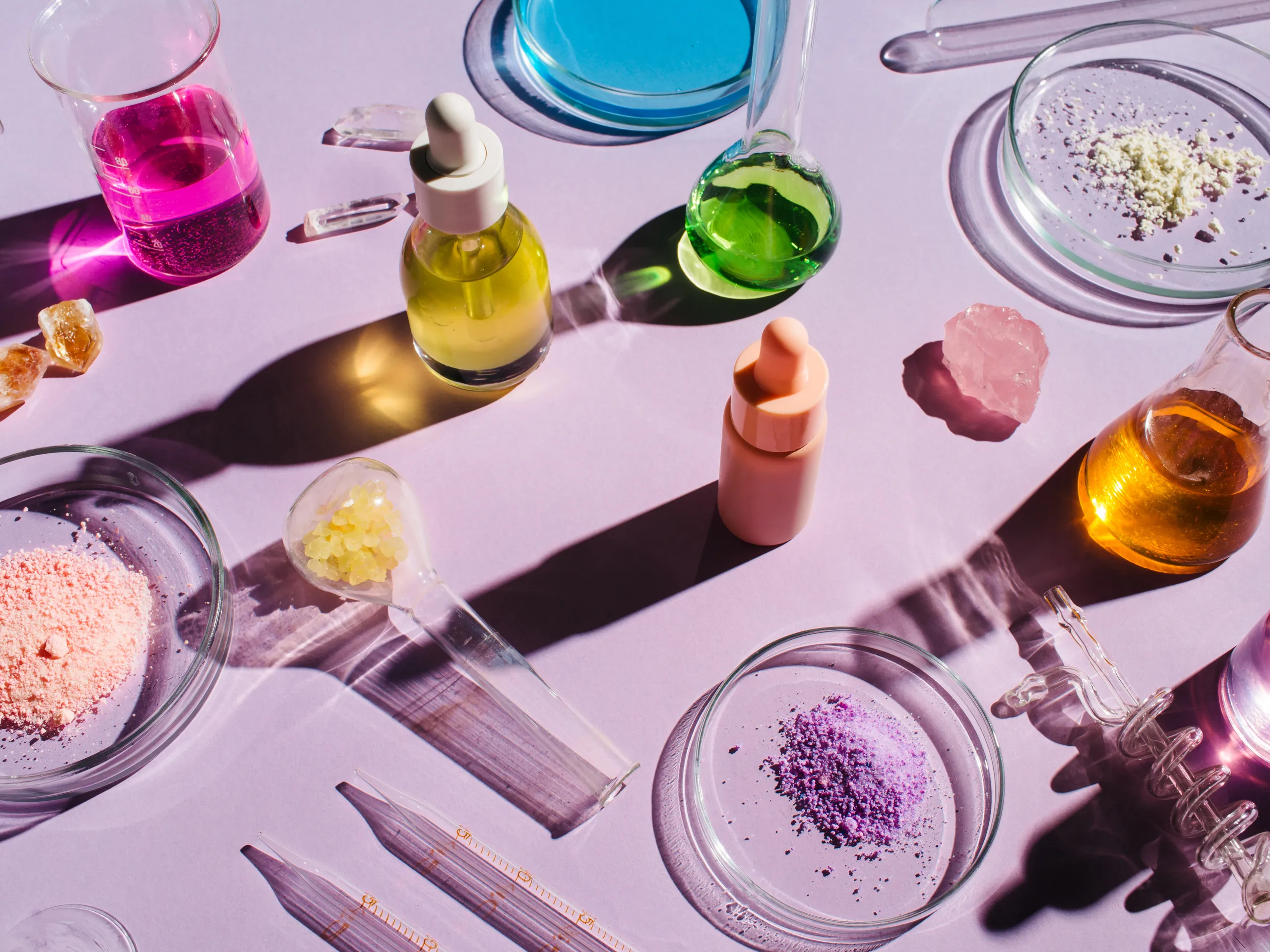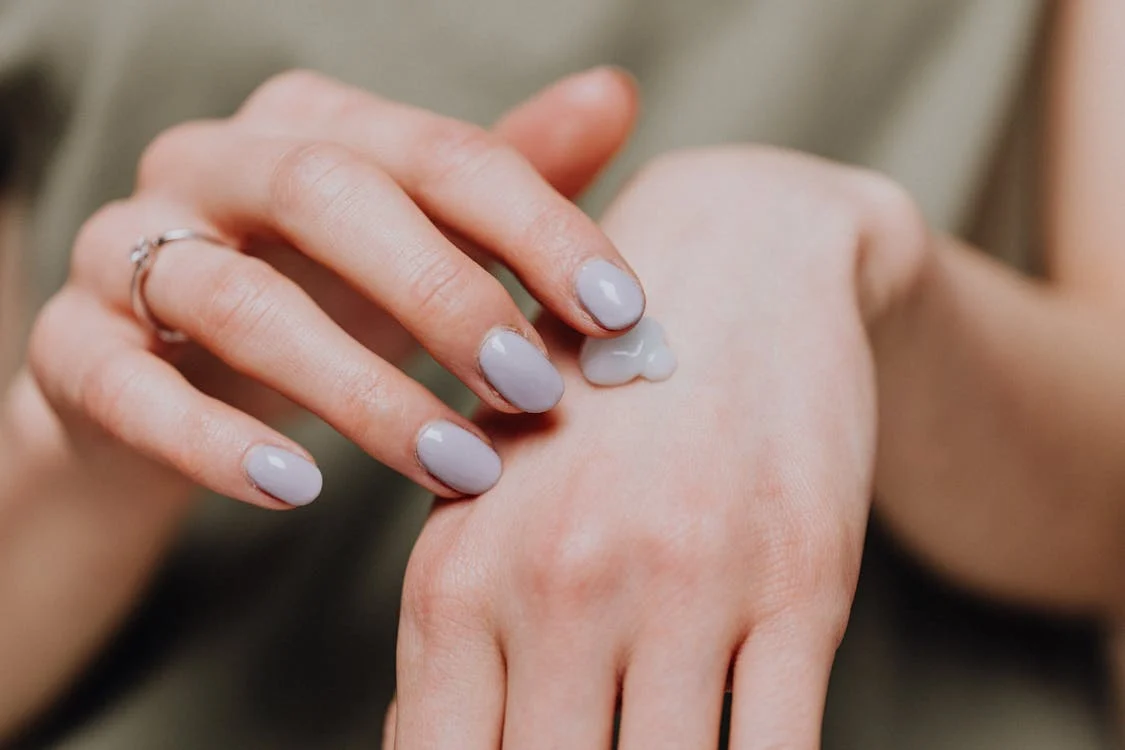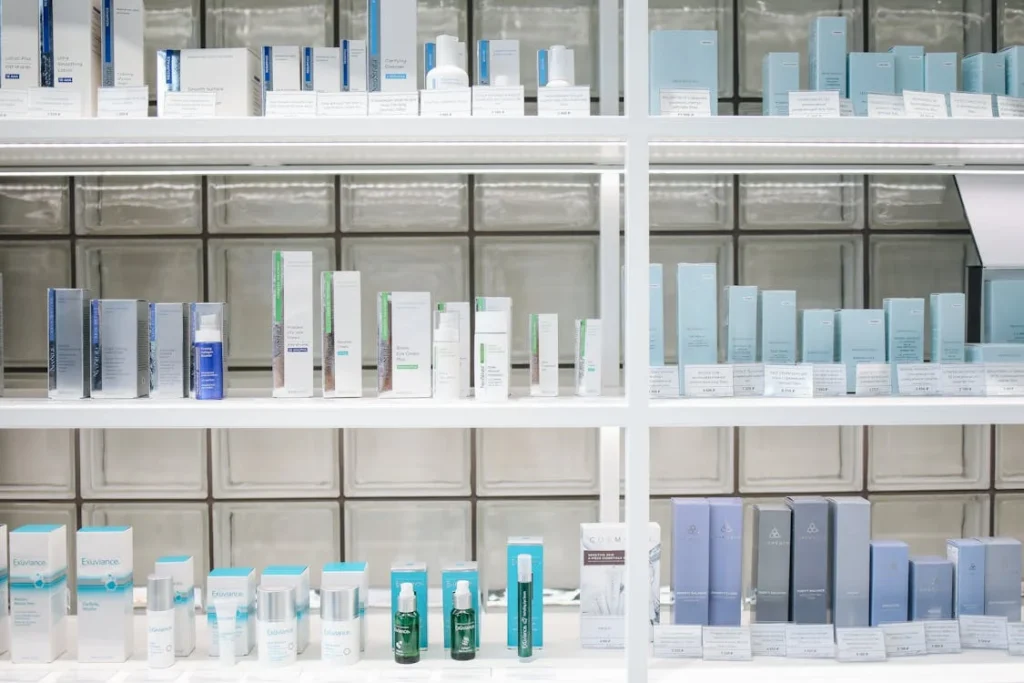When it comes to skincare, the order in which you apply your products is just as important as the products themselves. While it’s common knowledge that serums and creams serve different purposes—serums deliver concentrated active ingredients, while creams provide hydration and protection—the optimal order of application can make all the difference in achieving glowing, healthy skin. Let’s explore why applying serums before creams maximizes the absorption of key ingredients and how this understanding can amplify your skincare results

Serums are lightweight formulations packed with potent active ingredients like vitamin C, hyaluronic acid, retinol, peptides, and antioxidants. Their primary purpose is to target specific skin concerns such as fine lines, hyperpigmentation, or dehydration. Because serums are designed to be easily absorbed by the skin, they are often formulated with smaller molecules, which allows them to penetrate deeper layers of the skin.
When you apply a serum first, its high concentration of active ingredients has direct access to the skin without any barriers. If applied after a cream, the thicker, more emollient nature of creams can create a barrier that prevents the serum from being absorbed properly. Therefore, layering your products in the correct order—serum first, followed by cream—allows the serum to perform its targeted action effectively, delivering faster and more noticeable results.
While serums are working deep within the skin, creams act as a protective layer that helps lock in moisture and other beneficial ingredients. Creams are generally thicker and contain more emollients and occlusive agents like oils or butters that create a barrier on the skin’s surface. This helps to seal in the active ingredients from the serum and prevent moisture loss throughout the day or night.
By applying a cream after your serum, you're essentially creating an environment that maximizes the effectiveness of both products. The serum penetrates deeply, while the cream ensures that the skin stays hydrated and protected, without blocking the absorption of the serum.

The creation of serums, with their concentrated active ingredients, requires specialized production techniques. For example, serums often use advanced technology like microencapsulation or liposome delivery systems to protect sensitive ingredients such as vitamin C or retinol. These active ingredients are prone to oxidation or degradation, so ensuring their potency requires meticulous care in formulation and manufacturing.
Because serums are more complex to produce, the manufacturing process often involves more stringent quality controls and precision. Ingredients like retinol, vitamin C, and peptides need to be mixed, stabilized, and packaged in ways that preserve their efficacy. This means that supply chains for serums are more involved, with raw material sourcing that emphasizes purity and potency, and packaging that protects against light and air.
On the other hand, creams, while still requiring careful formulation, are generally less complex. They are made with a higher concentration of moisturizing agents and may incorporate emulsifiers to bind water and oil-based ingredients. The production process for creams is less intensive, as the focus is on texture, hydration, and long-lasting wear rather than the high concentration of actives.

Understanding the optimal order of applying your skincare products is crucial to achieving the best results. Serums provide targeted treatments, and applying them first ensures that the active ingredients are absorbed efficiently. Following with a cream helps to lock in those actives and provides essential hydration. Moreover, the production techniques behind serums highlight the importance of using them correctly. Since serums are formulated with more complex ingredients and advanced technology, ensuring that these ingredients are absorbed properly is key to achieving the best results.
While understanding the importance of application order is key, it’s also valuable to look behind the scenes at the contract manufacturing and supply chain process that ensures the quality of skincare products. Many skincare brands partner with contract manufacturers—third-party specialists who handle the production of their products. These manufacturers possess the expertise in sourcing high-quality raw materials, creating precise formulations, and adhering to regulatory standards.
The active ingredients in serums, such as antioxidants, retinoids, or peptides, are often unstable and require specific storage conditions and sophisticated production techniques to maintain their potency. Many contract manufacturers use advanced technology like microencapsulation, which protects sensitive ingredients from oxidation or degradation, ensuring they remain effective when applied to the skin. Additionally, the packaging process is crucial, as it protects these delicate formulas from exposure to light, air, or heat that could compromise their stability. These complex production methods demand careful attention to detail, making the supply chain for serums more involved compared to other products.
On the other hand, while creams also require high-quality ingredients and careful formulation, their production process is generally less complex. Creams often focus more on texture and hydration and may involve simpler emulsification techniques to combine water and oil-based ingredients. That said, their manufacturing still requires strict quality control, especially when it comes to ensuring that emollient ingredients are properly mixed and the final product remains stable throughout its shelf life.

The supply chain in skincare manufacturing plays a significant role in determining product quality. From sourcing raw materials to ensuring timely delivery to retail shelves, every step is carefully managed to maintain product integrity. Brands that prioritize ethical sourcing and environmentally conscious manufacturing processes ensure that consumers receive products made with both quality and sustainability in mind. Understanding how ingredients are sourced and how they are handled during production can give consumers confidence and safety for their skincare products.
By recognizing the meticulous attention required in the production and supply chain processes—especially for potent serums—you can appreciate why the application order is so important. Serums are formulated with precision to address specific skin concerns, and ensuring they are absorbed properly allows the skin to benefit from these powerful ingredients. When you layer your cream afterward, you're helping to lock it in, creating a barrier that keeps moisture in and the benefits of the serum intact. This understanding not only enhances your skincare routine but also fosters greater trust in the products you choose, knowing they are crafted with care.
